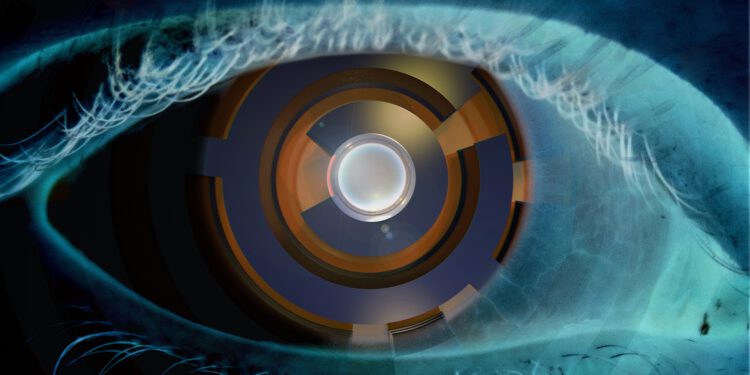Cardiovascular diseases have increased in today’s society at a frenetic pace. But, to avoid their increase, artificial intelligence now focuses its attention on the risk factors that can trigger them.
It is a mandatory question for doctors every time they come to the consultation and the remorse of patients in responding about their daily habits flourish. Do you smoke? Drink? How many times a week do you exercise? A whole test on a lifestyle that, together with certain genetic factors such as age, weight, blood pressure or cholesterol, can favor the suffering of cardiovascular diseases.
Heart attacks, strokes, or other cardiovascular diseases are just around the corner, and predicting them is the key to avoiding them. But how is it possible to do so? How can you reduce the likelihood of such an episode in the future? The solution is easy: Deep Learning.
Machine vision, vision of the future
Through this technology, artificial intelligence takes center stage in predictions to generate an artificial vision capable of seeing the risk factors in advance. This is reflected in the study “Prediction of cardiovascular risk factors from retinal background photographs through Deep Learning”, published in Nature Biomedical Engineering, where, through a series of retinal images, the possibility of discovering new ways of diagnosing this type of health problems is pointed out.
The study used algorithms based on data from 284,335 patients to predict future cardiovascular events from retinal images, with high accuracy thanks to the association between this image and the risk of heart attack or stroke of each patient.
So, the algorithm is able to know, with a 70% hit, between two retinal images where one belongs to a patient who suffered a cardiovascular episode and another does not. An artificial vision that also becomes a vision of the future for health.
The “black box” is open
As the developers of this study assure, the “black box” it was opened to check how his algorithm worked when making predictions. Using a heat map showing which pixels were most important for predicting a specific cardiovascular risk factor was the key to demonstrating the connections this algorithm established between human anatomy and disease. An association that allows to create diagnoses and thus try to know in advance what will happen.
Much to develop
Although the achievement is great, its creators do not cease in the development and improvement of the algorithm. Testing it in larger and more complex data sets, with many more examples of cardiovascular events and effects of interventions, is the next goal to improve and understand its usefulness in patients.









